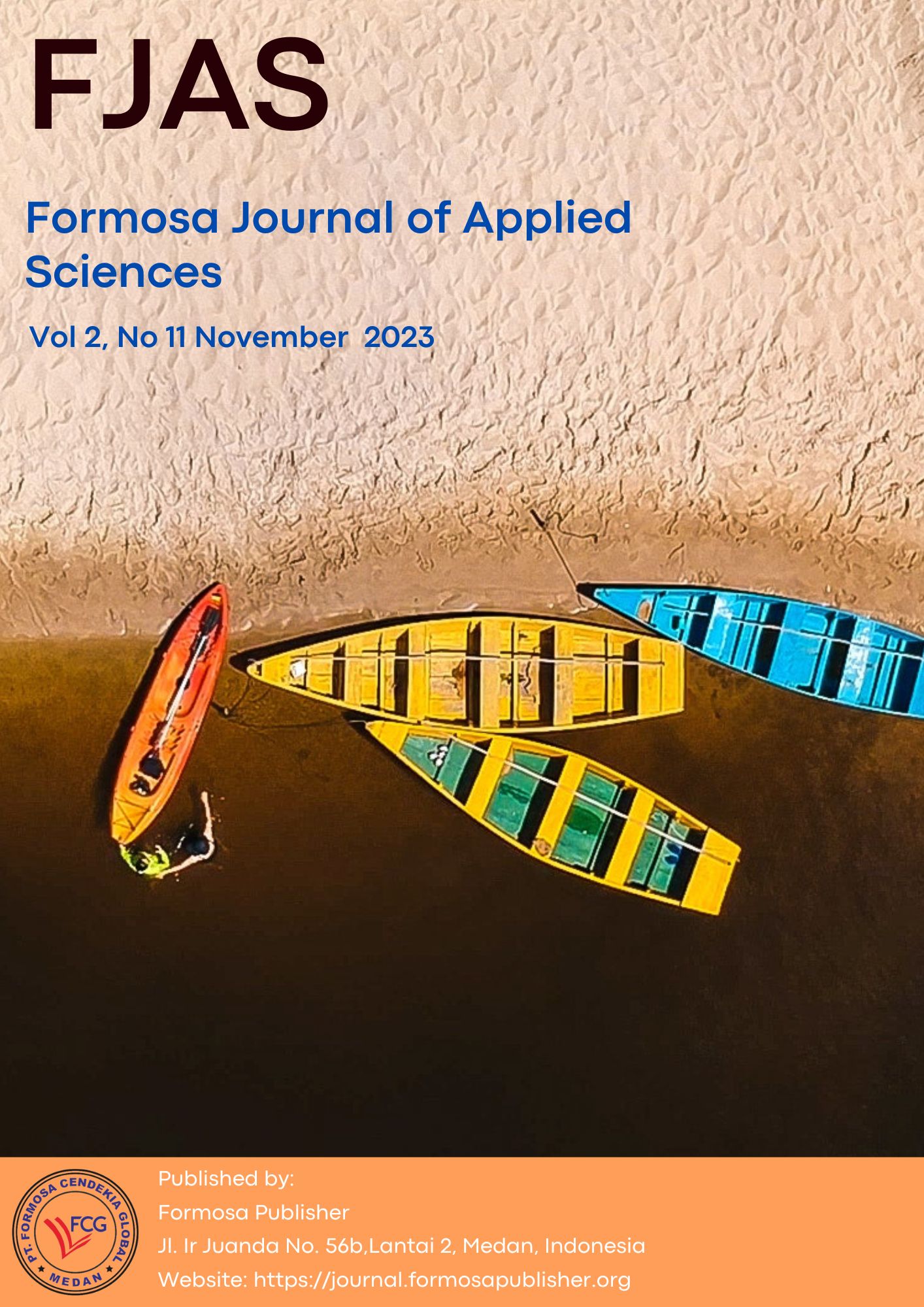The Effect of Clarity of Budget Targets and Decentralization on Regional Government Performance (Empirical Study at the Department of Industry and Trade, North Sulawesi Province)
DOI:
https://doi.org/10.55927/fjas.v2i11.6710Keywords:
Clarity of Budget Targets, Decentralization, Local Government PerformanceAbstract
The aim of this research is to find out whether clarity of budget targets and decentralization have a partial and simultaneous effect on local government performance. This hypothesis was tested using the t test and f test. The research sample consisted of 31 employees, namely ASN in the Secretariat sector, Legal and Personnel Sub-Section, and Planning and Finance Sub-Section, and the Head of the Department of Industry and Trade. The research method uses a questionnaire with Likert scale measurements. The analytical method used is multiple linear regression analysis where the data analysis process is carried out using SPSS version 26 computer technology. The results of this research show that clarity of budget targets has a positive and significant effect on local government performance, while partial decentralization has no effect on performance. local government; Furthermore, clarity of budget targets and decentralization simultaneously influence regional government performance.
Downloads
References
Bahri, S. 2020. Pengantar Akuntansi Berdasarkan SAK ETAP dan IFRS (EDISI III). Yogyakarta.
Dewi Aprilianti, Mulyaning Wulan, Herwin Kurniawan. (2020), Pengaruh Kejelasan Sasaran Anggaran, Pengendalian Internal, dan Sistem Pelaporan Terhadap Akuntabilitas Kinerja Instansi Pemerintah di Kecamatan Wilayah Jakarta Selatan. Jurnal Ilmiah Akuntansi Dan Keuangan 9(2), 150 159, 2020.
Hardani, (2020). Metode Penelitian Kualitatif & Kuantitatif, Yogyakarta: Cv. Pustaka Ilmu.
Hasanah, N., & Fauzi, A. (2017). Akuntansi Pemerintahan. Bogor: In Media.
Ikhyanuddin. (2021), Pengaruh Partisipasi Penyusunan Anggaran, Akuntabilitas Publik Desentralisasi Anggaran, Akuntabilitas Publik, Desentralisasi Dan Sistem Pengendalian Intern Terhadap Kinerja Manajerial Pemerintah Daerah (Studi Kasus SKPD Kabupaten Bireuen). Jurnal Inovasi Penelitian Vol.2 No.2 Juli 2021.
Kieso, Donald E., Jerry J. Weygandt, Terry D. Warfield. 2018. Intermediate Accounting IFRS Edition. Second Edition. WILEY. United States.
Nomor, P. P. (71). Tahun 2010 tentang Standar Akuntansi Pemerintahan.
Peraturan Pemerintah Republik Indonesia Nomor 71 Tahun 2010 Standar Akuntansi Pemerintahan. 22 Oktober 2010. Lembaran Negara Republik Indonesia Tahun 2010 Nomor 123. Jakarta.
Rismawati, S. E., & Mattalata, S. E. (2018). Evaluasi Kinerja: Penilaian Kinerja Atas Dasar Prestasi Kerja Berorientasi Kedepan (Vol. 1). Celebes Media Perkasa.
Sastroatmodjo, S., & Purnairawan, E. (2021). Pengantar Akuntansi. Media Sains Indonesia.
Sugiyono, D. (2019). Statistika untuk Penelitian (Cetakan ke-30). Bandung: Cv Alfabeta.
Sugiyono. (2021). Metode Penelitian Kuantitatif, Kualitatif dan R&D. Edisi Kedua. Cetakan Ketiga. Alfabeta. Bandung.
Sulis Nafisatun Khasanah, Ika Neni Kristanti. (2020), Pengaruh PartisipasiAnggaran, Kapasitas Individu, Self Esteem dan Kejelasan Sasaran Terhadap Senjangan Anggaran Desa di Kecamatan Petanahan. Jurnal Jurnal Ilmiah Mahasiswa Manajemen, Bisnis Dan Akuntansi (JIMMBA) 2 (3), 411-425, 2020.
Suryani, F., & Pujiono, P. (2020). Pengaruh Partisipasi Anggaran, Kejelasan Sasaran Anggaran, Desentralisasi, dan Akuntabilitas Publik terhadap Kinerja Manajerial. COSTING: Journal of Economic, Business and Accounting, 4(1), 167-1.
Downloads
Published
How to Cite
Issue
Section
License
Copyright (c) 2023 Wehara Mariana Sigar, David P. E. Saerang, Sonny Pangerapan

This work is licensed under a Creative Commons Attribution 4.0 International License.








.png)















